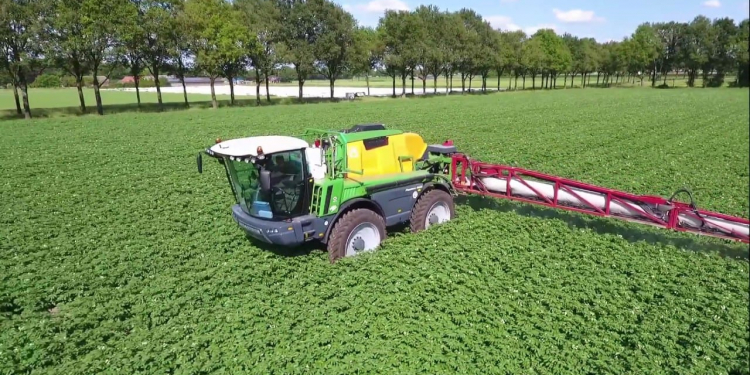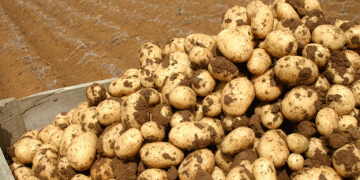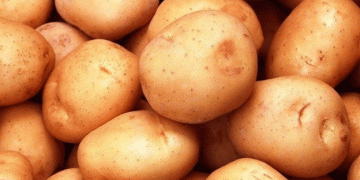With each herbicide checked off the list, the power of waterhemp grows stronger. It has confirmed resistance to six modes of action — and its resistance will only grow stronger if proper stewardship isn’t attained.
“It takes a balanced approach of cultural and mechanical practices, chemical control and eradication diligence,” according to research from BASF. The company also found farmers spend 3.8 times more on eliminating pigweed species than they did a decade ago.
Right now, there are just a small number of herbicides that can provide control against some of the toughest-to-control weeds. New herbicide modes of action cost more than $150 million to produce, and that number can increase with regulatory delays.
Bayer recommends using integrated weed management practices, including:
- Know your weeds, know your fields.
- Start with clean fields.
- Stay clean—use residual herbicides.
- Apply herbicides correctly.
- Control weed escapes.
- Zero tolerance for weed seeds.
- Clean equipment.
New herbicides aren’t getting any easier to find either. Bayer, BASF and FMC have each recently announced they’ve discovered new modes of action, but it’ll be years before farmers see those new molecules. Plus, some only target grasses, instead of a broad-spectrum approach like farmers grew accustomed to with glyphosate. Protect herbicides and educate your customers.
“Innovation has always saved us,” says Blake Miller, Syngenta agronomic services representative. “I lived through the Pursuit days — we trashed ALS, the glyphosate days [which now has considerable resistance], and now group 15 and group 4 herbicides — everything is at risk because we are running out of innovation.”






